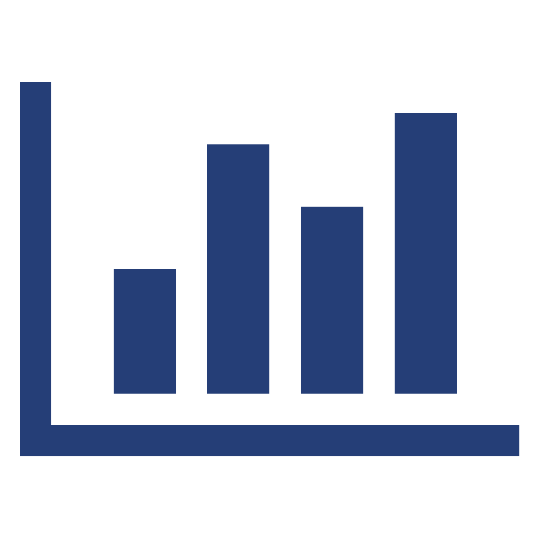Advancing equity in healthcare starts with data, but more specifically, reliable, and disaggregated data that sheds light on where disparities exist, their causes, and potential solutions.

Access to data is improving due to emerging technologies, cultures of transparency, and the voices of clinicians at the point of care. It is, however, challenging to know which data to use when. Most important is to communicate actionable data insights that inform decision making processes. Technology and analytics have accelerated the way we use data, but barriers such as a lack of interoperability and access to information across care settings remain.
Why do we use the phrase ‘data informed decisions’? Data is a piece of the puzzle. As we learn about new data sources, predictive analytics, and population health technologies, person-centered care requires we never overlook the patients in front of us.
This tool will help you to identify the different measures you are required or have selected to report on for the different programs and payer contracts in which you are currently participating. By identifying the different measures you can quickly see how many different measures you are tracking, align program efforts with similar reporting requirements, and align your quality improvement efforts to address multiple program requirements.
Tool
Clinical quality measures, or CQMs, are precisely defined, follow standard guidelines, allow for the comparison of providers and/or facilities, by measuring “healthcare processes, outcomes, patient perceptions, and organizational structure and/or systems that are associated with the ability to pr
Guide
Data analytics is the process of evaluating the data collected to inform quality improvement projects.
Guide

